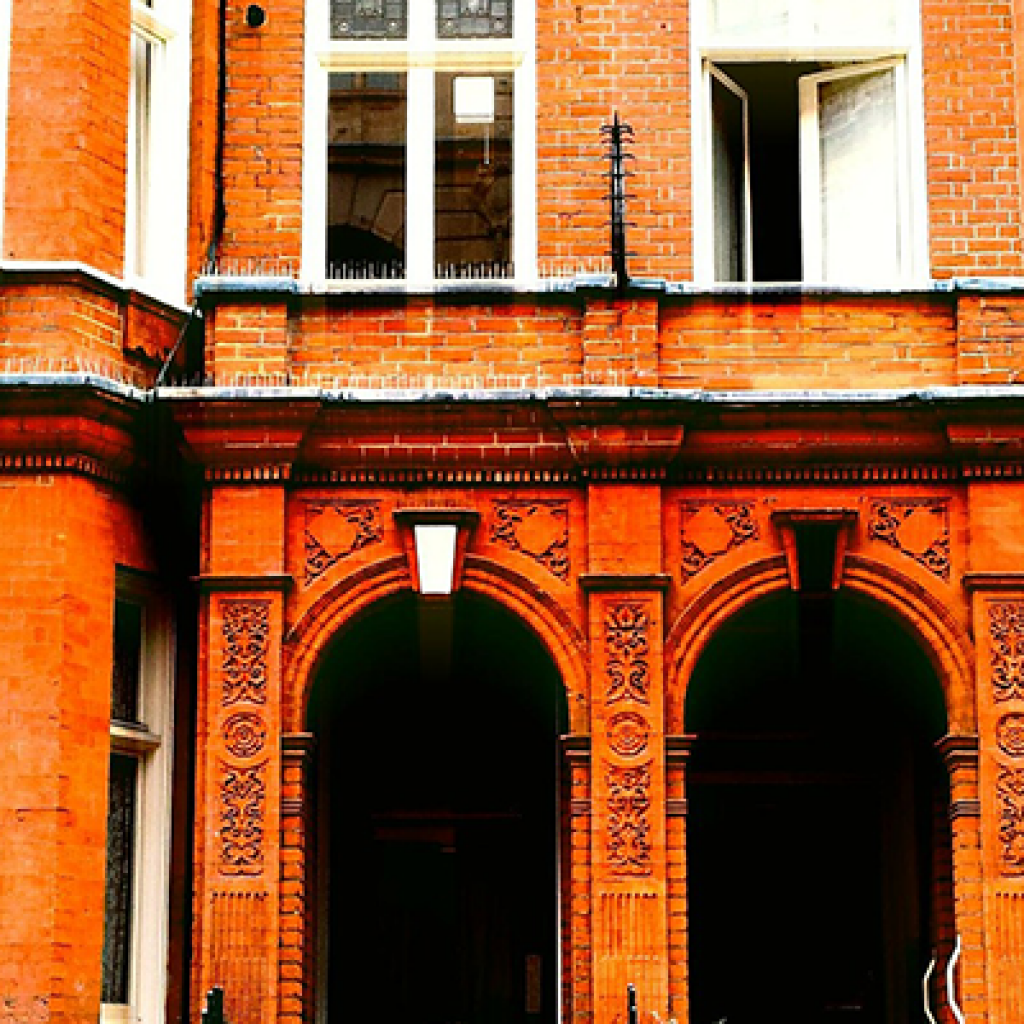The latest gross mortgage lending statistics for January from The Council of Mortgage Lenders shows lending has decreased from £16.6 billion in December, to £14.3 billion in January – plummeting 14% in just one month. This level is also an 11% decline compared to January 2013.
According to Bob Pannell, Chief Economist at CML, this decline within the mortgage lending market can be attributed to the slowing of approvals in the second half of 2014. Conveyancers however need not raise concern, as he assures that the forecast of £222 billion for 2015 remains on track.
End of year statistics for house building released by the Government show an annual increase of starts compared to the previous year. The number of starts for the year ending December 2014 reached 137,010 – a 10% increase compared to the previous year. Though the volume in 2014 was 25% below the peak of 2007, this was an 82% surge from the trough in 2009.
Is this a reassuring upturn for conveyancers, or are you expecting the impending impact of the election to change positive forecasts?
Andy Knee, chief executive of LMS, comments on these recent reports:
“Pressure is usually heaped on January to get the year off to a good start, but we remain optimistic about lending picking up in 2015, particularly among segments currently locked out of the market as lender appetite recovers.
“However, looking at the year-on-year decline from January last year, we can now see the full impact of stricter lending criteria and growing FPC powers on housing demand. We’re championing a stable economic recovery, but it’s slightly concerning that despite the lowest-ever interest rates in the market and a flurry of new mortgage products – such as the recent, record low five-year fixes – lending been unable to maintain its momentum. The annual 11% fall in gross mortgage lending should serve as a reminder of the importance of balancing further checks and controls with economic recovery and homeownership aspirations.
“On the supply side, according to the Government’s housebuilding statistics, annual housing starts have increased by 10% compared with the year before, a sure sign of encouragement, although the numbers are still nowhere near their pre-2007 peak and far below initial plans to build 240,000 houses a year. Given it is election year, and consumer spending is forecasted to pick up after a possible deflationary period, it’s vital for winning party to juggle both supply and demand from the outset to point Britain towards a sustainable housing market that’s prioritised and aligned with its other economic recovery goals.”




















